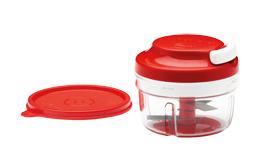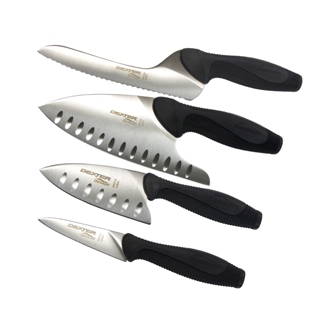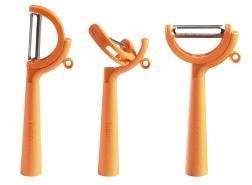Short Description
Sinks are available in a large number of single bowl, one and a half and double bowl combinations; with a variety of draining boards and tap outlet possibilities. Consulting the manufacturers catalogues is advised.
More Details
Points to consider:
. Space and location in the kitchen are largely influenced by plumbing
requirements.
. To select a sink which complies with AS1428.1-2001 to allow access to the sink by a wheelchair user, the important consideration is the bowl depth, which should be a maximum of 150 mm.
. If the sink is set into the bench at the suggested height of 850 mm + or - 20 mm, the outlets installed to the rear of the area under the sink and a cupboard not installed under the sink, then wheelchair access is possible. It is advisable to insulate piping and the underside of sink to prevent burns to the legs.
. Taps should be easily reached and controlled, so that when purchasing the sink, tap style and position should be considered. Taps can be located at the side of sink as an alternative to rear placement.
. Cost to purchase and install.
. Warranty length and conditions.
Features available
- stainless steel, enamel asterite, silacran or karran
- corner units, round sinks and a variety of shapes.
- Pop up waste - a knob that when twisted, lifts a built in
plug.
Optional extras
- colander
- draining baskets
- timber preparation boards
- extension trays.
. For further information check choice magazine, the Yellow Pages of the telephone book or talk to a retailer.
. We are pleased to receive feedback on the information we provide... If there is something we should add or need to change, please let us know.
. These are general suggestions - if you experience considerable
difficulty in performing activities of daily living, consult an occupational therapist at a community health centre or aged care
assessment team or make an appointment with the ILC.


 subscribers
subscribers 






